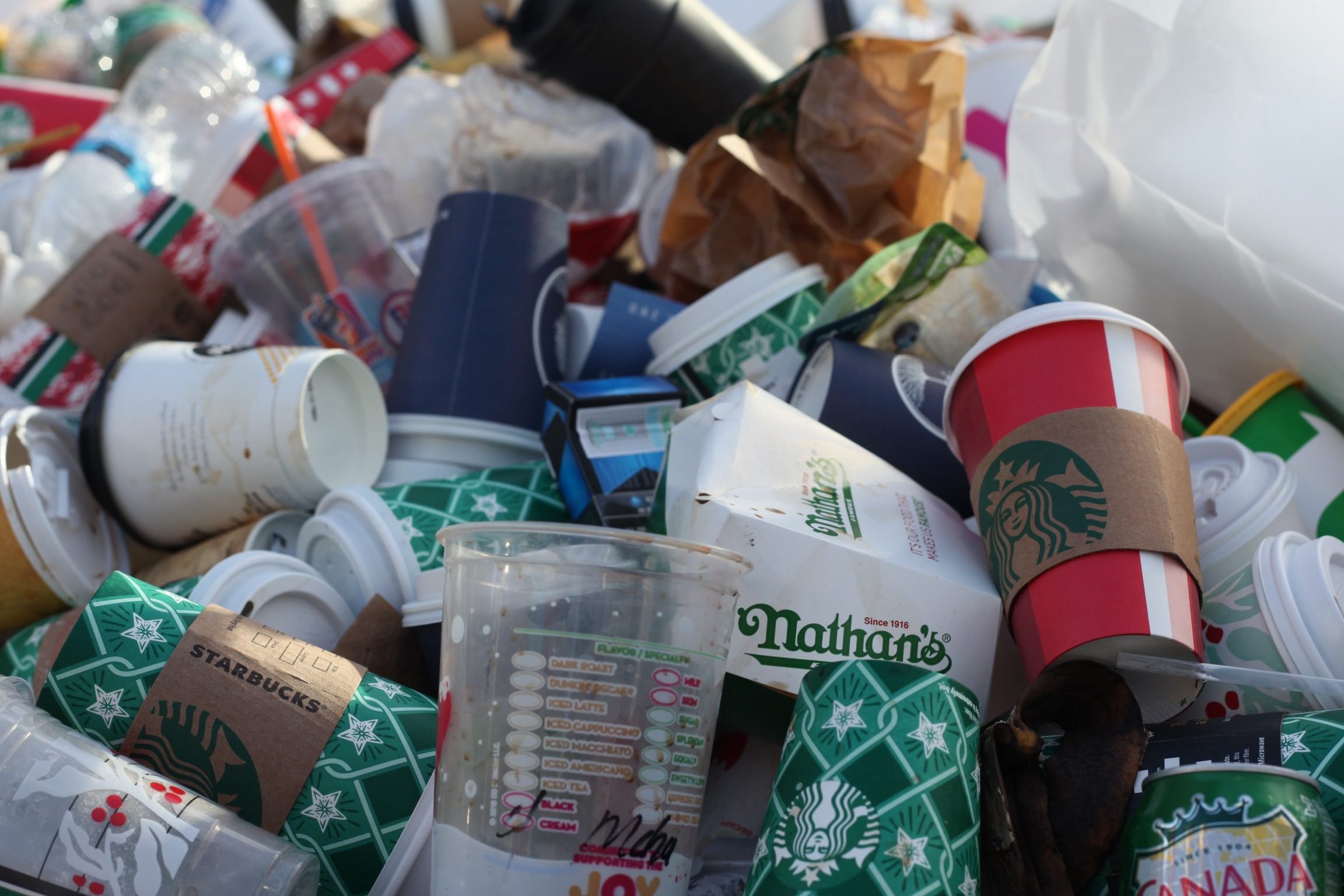Recycling is an essential process for managing waste and protecting the environment. It involves converting used materials into new products, reducing the need for raw resources, and minimizing environmental impact. This article explains what recycling is, its benefits, and how it is carried out.
Understanding Recycling
Recycling refers to the process of collecting, processing, and reusing materials that would otherwise be discarded as waste. The primary goal of recycling is to reduce the volume of waste sent to landfills and incinerators, conserve natural resources, and lower environmental pollution. Key aspects of recycling include:
- Material Recovery: Recycling involves recovering valuable materials from waste products. These materials are then processed and used to manufacture new products, reducing the need for virgin resources.
- Environmental Impact: By recycling, we can reduce the negative environmental impacts associated with raw material extraction, such as deforestation, mining, and pollution. Recycling also helps decrease greenhouse gas emissions and energy consumption.
- Economic Benefits: Recycling supports the economy by creating jobs in the recycling and manufacturing industries. It also reduces costs associated with waste disposal and resource extraction.
Benefits of Recycling
Recycling offers numerous benefits for the environment, economy, and society. Some key advantages include:
- Conservation of Resources: Recycling helps conserve natural resources by reusing materials instead of extracting new ones. For example, recycling aluminum saves 95% of the energy required to produce new aluminum from raw bauxite.
- Reduction of Waste: Recycling reduces the volume of waste sent to landfills and incinerators. This helps extend the lifespan of landfills and reduces the environmental impact of waste disposal.
- Energy Savings: The recycling process often requires less energy compared to producing new products from raw materials. For instance, recycling paper uses 40% less energy than producing paper from trees.
- Pollution Reduction: Recycling can help reduce air and water pollution by minimizing the need for raw material extraction and processing. This leads to fewer emissions and contaminants being released into the environment.
- Economic Growth: Recycling creates job opportunities in collection, sorting, processing, and manufacturing. It also supports the development of a circular economy, where resources are continuously reused and recycled.
How Recycling is Done
The recycling process involves several key steps, from collection to the production of new products. Here’s a basic overview of how recycling is carried out:
- Collection: The first step in recycling is the collection of recyclable materials. This can be done through curbside collection programs, drop-off centers, or community recycling bins. Common recyclable materials include paper, cardboard, glass, plastic, and metal.
- Sorting: Once collected, recyclables are sorted into different material categories. Sorting can be done manually or using automated systems that use conveyor belts, magnets, and optical sensors. Proper sorting is essential to ensure that materials are processed correctly and efficiently.
- Cleaning: Recyclable materials must be cleaned to remove any contaminants, such as food residue or labels. This step is important to prevent contamination of the recycling stream and ensure the quality of the recycled materials.
- Processing: After sorting and cleaning, the materials are processed into raw materials. This may involve shredding, melting, or pulping, depending on the type of material. For example, plastic bottles are shredded into flakes and then melted to produce new plastic products.
- Manufacturing: The processed materials are then used to manufacture new products. Recycled materials can be used in a wide range of products, including packaging, construction materials, clothing, and household items. For example, recycled paper can be used to produce new paper products, and recycled glass can be turned into new glass containers.
- Distribution and Use: The final step involves distributing and using the recycled products. These products are then used by consumers and businesses, completing the recycling loop. The success of recycling depends on the demand for recycled products and the willingness of consumers to choose items made from recycled materials.
Tips for Effective Recycling
To maximize the benefits of recycling, it is important to follow best practices and ensure that materials are properly recycled:
- Know What to Recycle: Familiarize yourself with your local recycling guidelines, as they may vary by region. Commonly recyclable materials include paper, cardboard, glass bottles, plastic containers, and metal cans.
- Avoid Contamination: Rinse out food and drink containers before recycling to prevent contamination. Contaminated materials can compromise the recycling process and lead to higher disposal costs.
- Properly Sort Materials: Separate recyclables according to material type and follow local sorting guidelines. Proper sorting helps ensure that materials are processed efficiently and effectively.
- Reduce and Reuse: In addition to recycling, focus on reducing waste and reusing items whenever possible. By minimizing waste and extending the life of products, you can reduce the overall need for recycling.
- Support Recycling Programs: Participate in and support community recycling programs. Advocate for improved recycling facilities and policies to enhance recycling efforts in your area.
In conclusion, recycling is a crucial process for managing waste, conserving resources, and protecting the environment. By understanding how recycling works and following best practices, individuals and communities can contribute to a more sustainable and environmentally-friendly future.

